Asus P6T Deluxe Vs Foxconn Renaissance
5. Foxconn Renaissance - Opening the box
Review Pages
2. Asus P6T Deluxe/OC Palm Edition - Opening the box
3. Asus P6T Deluxe/OC Palm Edition - BIOS
4. Foxconn Renaissance - Specifications
5. Foxconn Renaissance - Opening the box
6. Foxconn Renaissance - BIOS
7. Testbed
8. Benchmarks - Everest Ultimate Edition, SiSoftware Sandra
9. Benchmarks - PCMark Vantage, BAPCo's SYSmark 2007 Preview
10. Benchmarks - MAXON CINEBENCH, x264 HD Benchmark, TMPGEnc 4 Xpress
11. Benchmarks - SuperPI, wPrime
12. Benchmarks - 3DMark 06, Crysis v1.2
13. Overclocking tests - Asus P6T Deluxe
14. Overclocking tests - Foxconn Renaissance
15. Conclusion
The Foxconn Renaissance is one of the most affordable motherboards available today, properly priced at $269.99.
The motherboard is not designed for overclocking, although it could be overclocked as we will see later on this review. It has more of a multimedia character, as it is also realized by looking at its retail box:
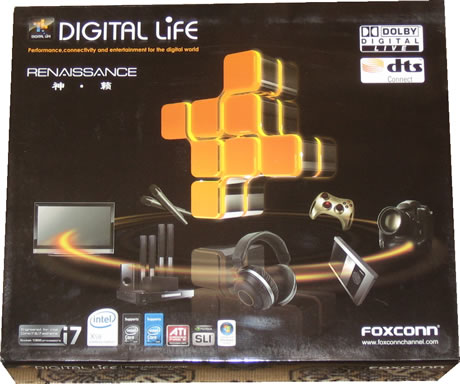
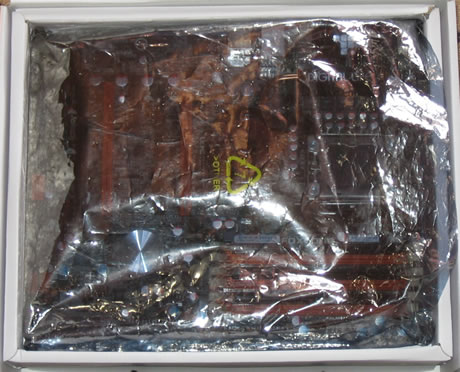
Our pre-production sample arrived without extra accessories.
However, this is what you will find in the retail package.
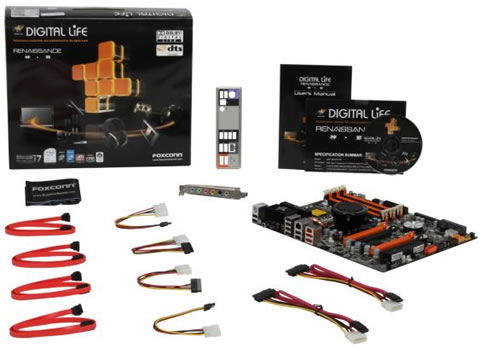
The sound card is offered as an extra module, similar to what we have seen with Asus motherboards.
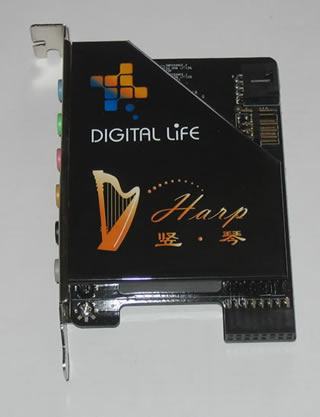

The motherboard's layout is simple enough. There are a few passive heatsinks and honestly, the North Bridge fan looks like a speaker!

Here is what you may call a strange heatsink...


Foxconn uses a 6-phase VRM design that sounds inferior compared with Asus P6T design. However real tests have the last word on it.
Due to less mosfets, we didn't have any problem installing even big cpu coolers, like the Glacialtech UFO V51.


The rear side of the board looks like the Asus motherboard, with a metal plate placed below the cpu area for extra cooling.

Typical for the X58 motherboards, the Foxconn Renaissance has six DDR3 DIMMs for up to 24GB memory configurations, properly colored for triple-channel installations.
Notice that the coloring is exactly the same we previously saw in the at Asus P6T series.

Six (6) SATAII connectors, two (2) SATA SAS connectors and one ATA133 connector are available. The reset/power/clear CMOS buttons onboard could make your life easier during manual overclocking.


The onboard LED Debug Display provides information about the board's status and it is designed to could help identify the cause of any possible error. However we did not find any list of these error codes at the Foxconn website..
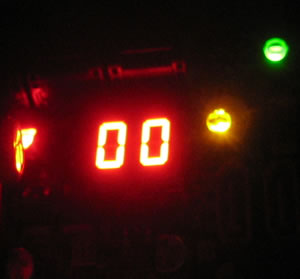

The Foxconn Renaissance has four PCIe 2.0 X16 slots with 16x/16x or 8x/8x/8x/ modes, supporting Nvidia SLI or CrossfireX mode. Note that for 3ple SLI mode, the motherboard suports 8x/8x/8x/ modes.
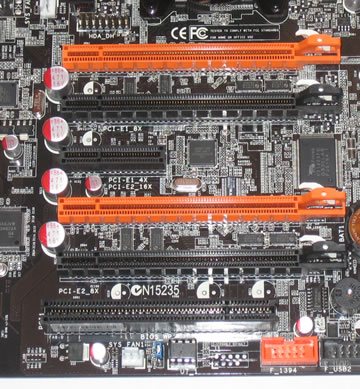
The back I/O panel has the following ports and connectors:
- 1 x PS/2 keyboard port
- 1 x S/PDIF Coaxial out port
- 1 x S/PDIF Fiber out port
- 2 x eSATA ports
- 1 x Harp audio card with 6 audio jacks,CD-in and Front audio
integrated - 8 x USB 2.0 ports
- 1 x RJ45 LAN port
- 1 x 1394a port
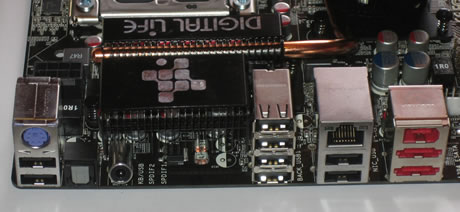
Review Pages
2. Asus P6T Deluxe/OC Palm Edition - Opening the box
3. Asus P6T Deluxe/OC Palm Edition - BIOS
4. Foxconn Renaissance - Specifications
5. Foxconn Renaissance - Opening the box
6. Foxconn Renaissance - BIOS
7. Testbed
8. Benchmarks - Everest Ultimate Edition, SiSoftware Sandra
9. Benchmarks - PCMark Vantage, BAPCo's SYSmark 2007 Preview
10. Benchmarks - MAXON CINEBENCH, x264 HD Benchmark, TMPGEnc 4 Xpress
11. Benchmarks - SuperPI, wPrime
12. Benchmarks - 3DMark 06, Crysis v1.2
13. Overclocking tests - Asus P6T Deluxe
14. Overclocking tests - Foxconn Renaissance
15. Conclusion





















